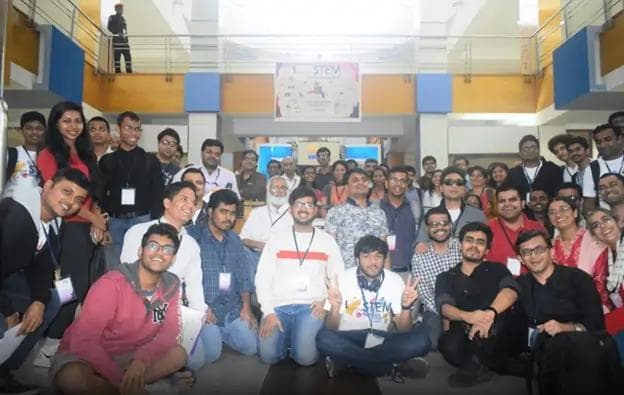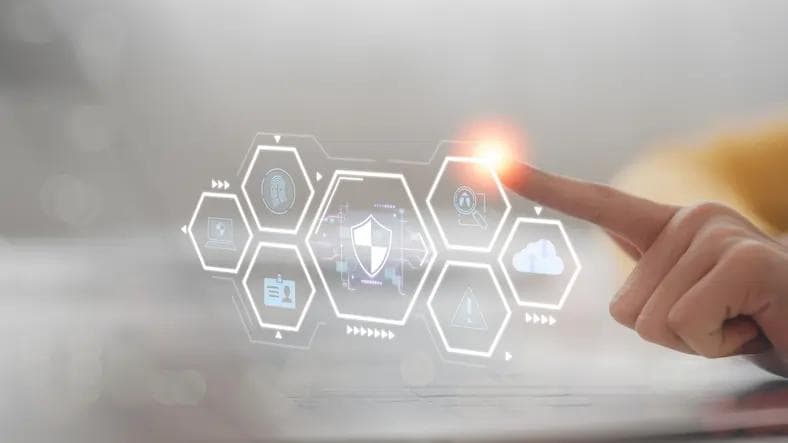Why Organisations Must Accelerate Digital Transformation
Why Organisations Must Accelerate Digital Transformation
Published by Wanda Rich
Posted on February 23, 2022

Published by Wanda Rich
Posted on February 23, 2022

By Matt Clementson, Enterprise Head of Sales UKI at SAP Concur UK.
A couple of years ago, digital transformation may not have been the number one priority for many businesses. However, working from home and even “working from anywhere” has become more popular in the UK than anywhere else in Europe and having to adapt to virtual working has highlighted a technological gap, causing companies worldwide to push towards digital and to rely more on technology.
When it’s no longer business as usual, having detailed, accurate and up-to-date digital tools is of paramount importance, and as enterprises become accustomed to the new ‘hybrid’ working world, there will be a continual trend towards digital, automated systems which enhance productivity, visibility, and cost control in every situation.
Saying goodbye to paper receipts and legacy systems
At a base level, digital transformation is simply about digitising documents that used to be paper-based or working out how to take manual elements out of business processes. For example, paper receipts, which have been at the heart of the claim process since expenses began, became ineffectual during the lockdown, with finance managers having to make special trips to the office to collect necessary paperwork as that was the only way to access all the relevant documents. Paper receipts also pose problems in the modern world, as they have a habit of getting lost, being forgotten, and becoming damaged, making the overall process a lot more difficult for finance and employees alike.
Digital transformation leads to organisations now being able to process receipts, expenses, and invoices efficiently, enabling employers to use cloud-powered apps on their mobile phones, taking photos of financial claims immediately and uploading them onto the expense/ invoice claim platform. Adopting a paperless system is more reliable, and as the receipts are less likely to get lost, it ensures better security and is better for the environment.
Once digitalisation is in place, organisations can look at the entire business process from end-to-end for every department and put measures in place to get all those processes talking to each other to work more efficiently and effectively, whether people are at home, in the office or on the road. By speeding up the processing of information in this way, business owners are equipped to make more informed and timely decisions.
Digital Transformation of Your Expenses Spend
For businesses, having visibility of cash flow is important to ensure that they are doing well month to month. Now that most companies have transitioned to a hybrid workforce, being able to view expenses through a digital platform ensures that the finance team have a full picture of the expenses incurred each month. If expenses are completed manually and submitted long after they’ve been incurred and budgeted for, this can take the business by surprise and seriously impact organisations that are reliant on a steady cash flow from month to month.
Cloud technology provides visibility into employee expenses much sooner due to improved workflows. By using this technology to automatically streamline the capture of expenses and analyse trends in spending, departments gain better visibility into employee data quickly and efficiently. With an automated process, teams can connect seamlessly to other finance systems, like invoice, credit card feeds and ERP information to get deeper insights into outgoing spend.
While manually reporting this would take hours, automating the overall process from data capture to claim processing and reporting, allows businesses to work smarter, not harder. In time, this will increase employee productivity, as reducing time consuming, manual tasks allows staff more time to focus on more creative processes and projects.
Digital Transformation of Your Invoice Process
Thanks to digital transformation, organisations have found a new and efficient way to process invoices. Traditionally invoice payments are completed by account teams who enter data manually, however, by digitalising operations, this process can be automated, streamlining operations to allow finance teams to spend their time on more pressing tasks.
In a paper-based world, it might take 21 days for finance to get sight of an invoice, which is just a few days before it needs to be paid. However, using cloud-powered apps reporting information is delivered to businesses in near real-time so that they can make decisions much more quickly and potentially benefit from early payment discounts where applicable.
Managing change
Managing a business means managing change – responding to unforeseen challenges and embracing unexpected opportunities. With hybrid working increasing, it’s time to implement the finance automation technology necessary for an invoice and expense system fit for the modern age, meaning that businesses need to stop using outdated systems and work to streamline processes and increase visibility and efficiencies whilst also improving staff experiences and productivity.
Explore more articles in the Technology category











